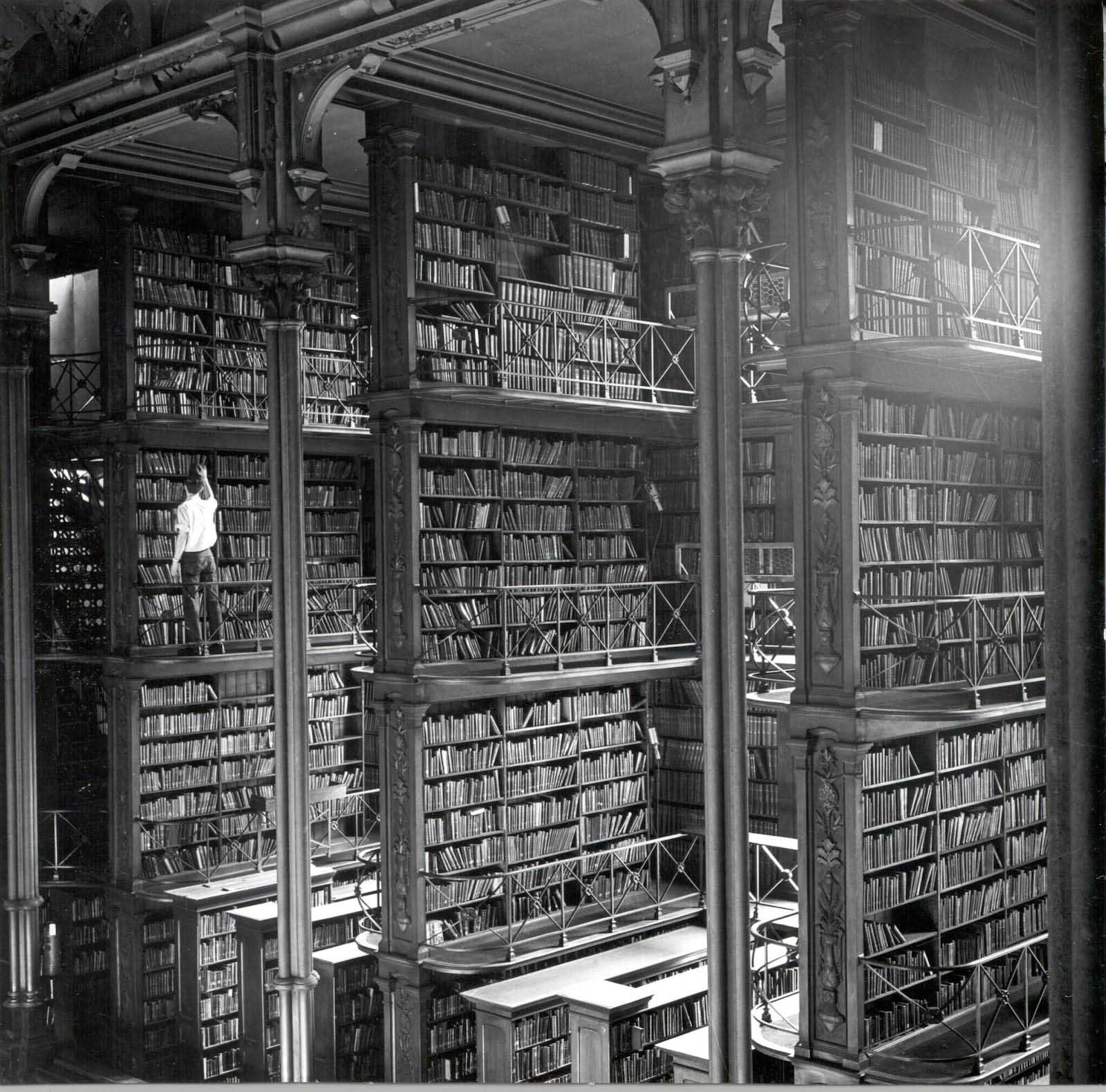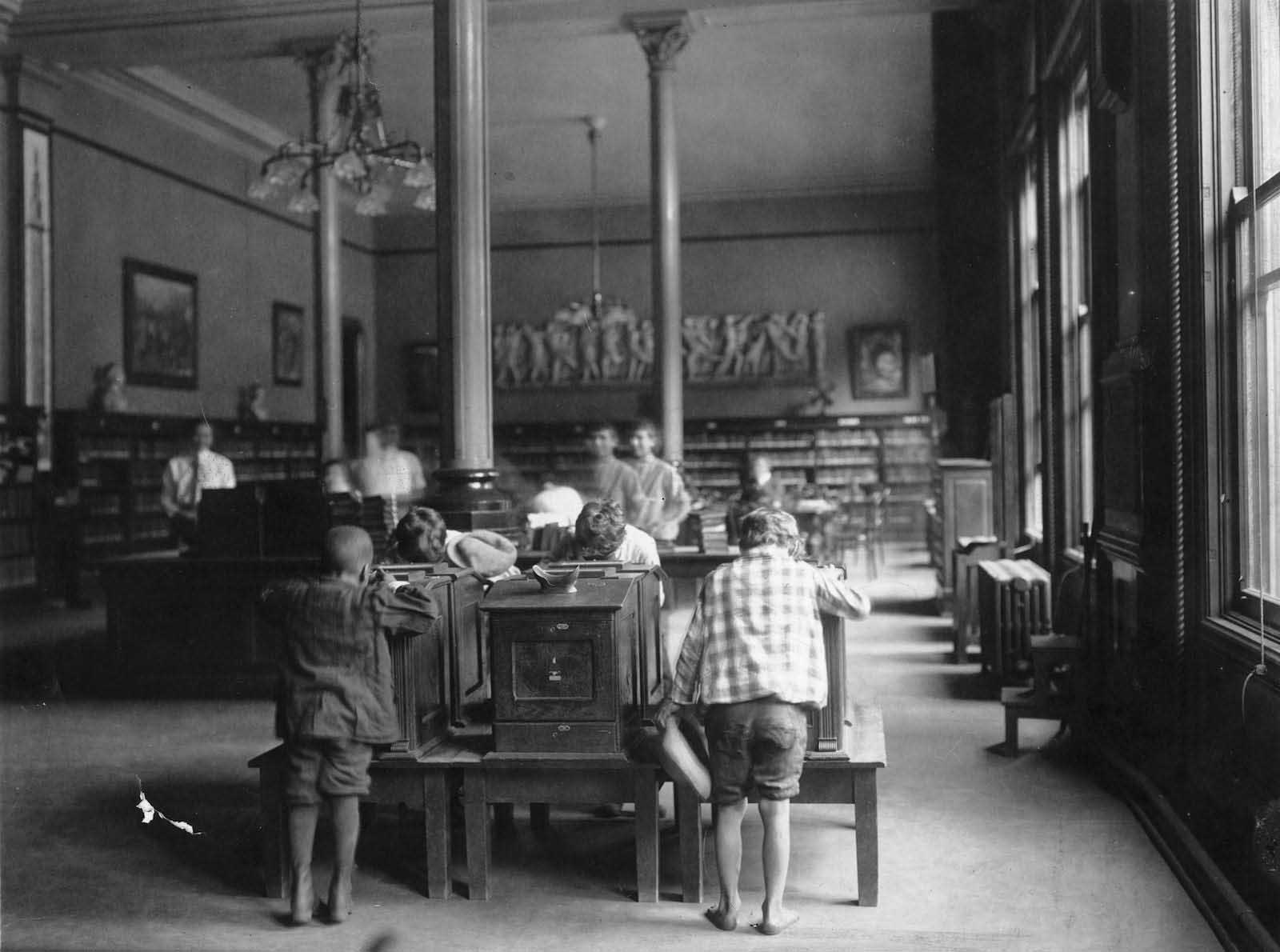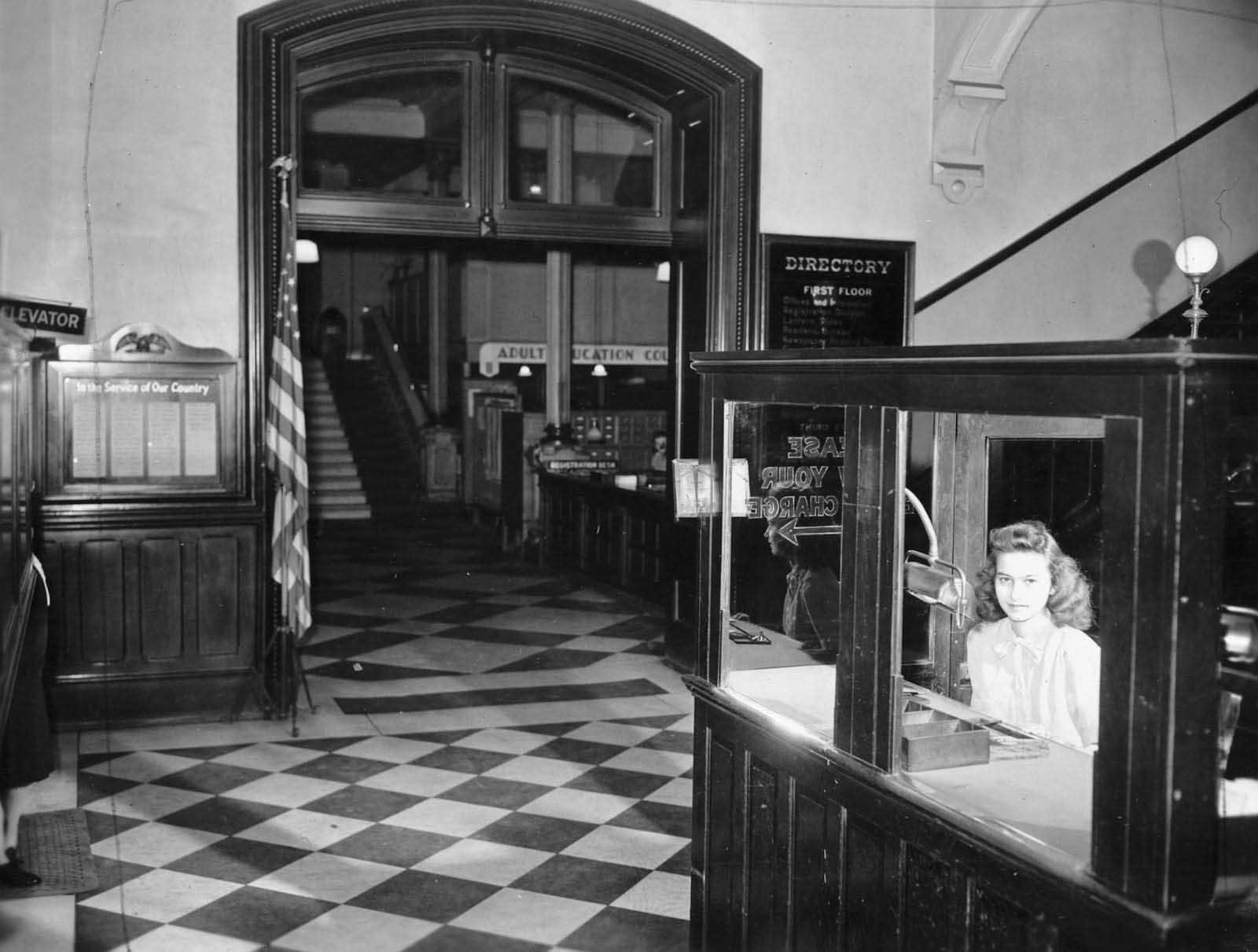The old public library of Cincinnati was built in 1874 on the site reserved for an opera house. It was one of the country’s most beautiful and large public libraries, with a capacity for holding up to 300,000 books in its collection. With five levels of cast-iron shelving, a fabulous foyer, checkerboard marble floors, and an atrium lit by a skylight ceiling, the place was breathtaking. The building was located in Downtown Cincinnati at 629 Vine St. downtown Cincinnati. Five levels of bookshelves jammed the walls. Shafts of sunlight cut through the windows to provide ample illumination. The library was built at a cost of $383,594.53, around $7 million today.
Why was the Cincinnati Library demolished?
There were several reasons behind the demolition of this magnificent library. The books were stacked beyond the reach due to a lack of space. The ventilation system was failing, water leaks, the paint was peeling, and some walls were cracked. The building was also had safety issues that were too costly to fix. Eventually, these conditions would make the place unbearable. The management decided to move the library to another place.
In January 1955 a new contemporary library was opened at 800 Vine Street. The old building was sold to Leyman Corp. And by June of 1955, the old building was demolished. The site is now a parking garage. The three heads that once guarded the main entrance of the library were the only original features of the building that were saved and placed in the new library’s garden.
These historical photographs give us a glimpse of the Public Library of Cincinnati before it was demolished in 1955.





















Ah yess, almost-ass-high railings. The safest height of all railings.
During a service stairway while storing pipe, I once walked down a stairway with railings about knee height. There’s nothing like a railing that creates tripping hazards.
They’re always looking for ways to make the library a little more fun. In pre-litigious societies, this one actually comes at a modest cost savings.
There are regulation 48-inch railings in our new library, but they don’t go down far enough. It’s a five-story open silo. Don’t let your baby fall.
When it was built in the 1880s, perhaps they were low back high?
Later, it was replaced with a much better system, which stands as one of the biggest in the country.
Hope the new one incorporates or pays homage to the original.
Yes, I believe they do. There are tons of old books and photos displayed in the south building, as well as large areas of the library for 3D printing. From lower levels, you can see huge archives full of books on the top floors.
The fact that such amazing buildings are being converted to parking garages is a real shame. Such an amazing library would be great to visit.
Unfortunately, the style was changed after the first idiot leaned over too far to take a selfie. It’s a great style, but people can’t be trusted to follow safe practices. Anything over an 8 foot fall and you have to be tied off with a harness. Despite the railing
You got that right.
I am amazed that we as a species can destroy something so valuable and beautiful.
The building was falling apart and couldn’t be used effectively for its intended purpose. In many cases, old buildings are not suitable for modern use and are expensive to maintain and update. Who’s going to foot the bill? Our country has an awful lot of aging, pretty buildings, and the older it grows, the more there will be. Although I understand that we want to preserve some links to our past, if we keep every crumbling old building with some architectural flourish, our cities will quickly become crowded with dilapidated ruins. Buildings cannot be moved or digitized the way books can, and real estate is a finite resource. Structures need to be able to be torn down and replaced in cities. Keeping, preserving, and repurposing a (very) few is possible. We may only be able to preserve the rest in the form of pictures, maps/plans, and records written by humans.
Although it’s unique, those rickety constructions must have posed a risk to the public. Don’t tell me the fire control system was good either. It’s a total tinderbox.
Never ceases to amaze me how people can be so blind in their sentimentality.
Everybody wants to park their car but no one wants to read book